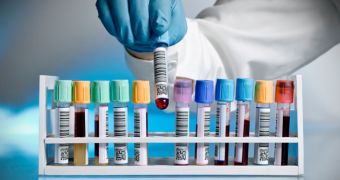Scientists in the US are now investigating whether or not so-called “bodies on chips” could one day be used instead of cells and animals to test the effectiveness of various drugs.
Live Science tells us that a so-called body on a chip is basically a collection of chunks of 3D printed tissues that are all interconnected by a system of fluid channels that have blood substitutes running through them.
These miniature chunks of tissue and the channels keeping them connected with one another are intended to mimic the makeup and the physiology of the human body.
Thus, the 3D tissue chunks represent various organs, depending on the cells they are made from, and the channels connecting them mimic the circulatory system.
These miniature human body mock-ups would be placed on chips measuring no more than 2 inches (5 centimeters) across, whose purpose would be that of monitoring them and recording what happens to the chunks of tissue when various chemical compounds are introduced in the fluid channels connecting them.
“We will know not just how a drug affects one organ, but how a drug affects major body systems together in a chip,” explains researcher Tony Atala, the current director of the Wake Forest Institute for Regenerative Medicine in Winston-Salem, N.C.
According to the same source, the US Department of Defense has agreed to invest $24 million (€18.05 million) in this research project.

 14 DAY TRIAL //
14 DAY TRIAL //